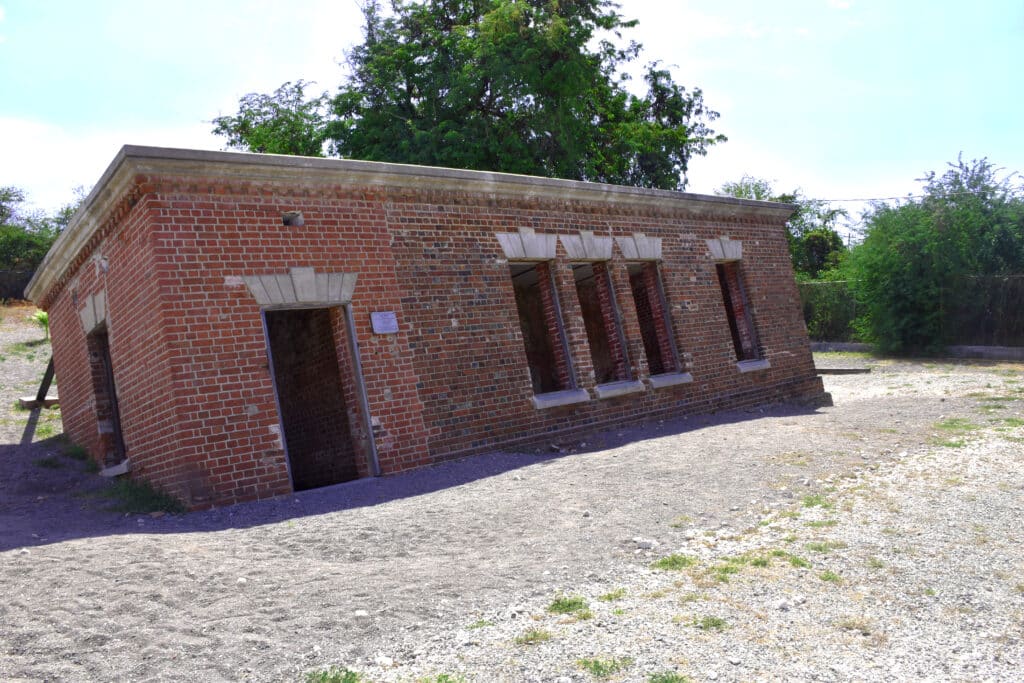As we conclude our three-part series on National Heroes Day Jamaica, we shift our focus to the important role of Jamaica’s historic landmarks. These places are powerful symbols of our nation’s resilience and offer a meaningful way to honour the heroes who fought for freedom, equality, and independence. Visiting historic landmarks in Jamaica can deepen your understanding of the struggles and victories that shaped our national identity. This National Heroes Day, take the opportunity to tour these significant sites with your family and immerse yourselves in Jamaica’s rich history.
The Importance of Visiting Historic Landmarks in Jamaica
Jamaica’s history is vibrant, filled with stories of bravery, resistance, and determination. Our historic landmarks in Jamaica serve as physical reminders of these stories and the people who made sacrifices for the nation’s freedom. By visiting these sites, families can gain a greater appreciation for our national heroes and the pivotal events in Jamaican history. Whether you visit monuments, museums, or battle sites, each landmark offers a chance to connect with Jamaica’s past.
Touring these landmarks on National Heroes Day Jamaica is particularly meaningful, as it brings the stories of national heroes like Marcus Garvey, Paul Bogle, Nanny of the Maroons, and others to life. These heroes left their mark on the country, and by visiting the places tied to their legacy, we can keep their memories alive.
National Heroes Park (Kingston)
No tour of historic landmarks in Jamaica would be complete without a visit to National Heroes Park in Kingston. This sprawling park is a central place of reflection, dedicated to Jamaica’s seven national heroes. Statues of figures like Sir Alexander Bustamante, Norman Manley, and Sam Sharpe stand tall as a reminder of their contributions to the country. The park is more than just a place to visit monuments; it’s a space to reflect on the progress Jamaica has made since the days of colonial rule and the heroes who helped achieve independence.

Visitors to National Heroes Park can take part in guided tours or simply spend time walking through the well-maintained grounds, paying respects at the Shrine of the National Heroes.
Port Royal: A Glimpse into Jamaica’s Colonial Past
While Port Royal may not be directly connected to Jamaica’s national heroes, its historical significance is undeniable. Once known as the “wickedest city on earth” due to its role in piracy and colonial trade, Port Royal played a part in shaping Jamaica’s early history. Visiting Port Royal offers insight into Jamaica’s colonial past and the environment from which many of the country’s independence movements emerged.



Exploring the Giddy House, where visitors can experience the aftereffects of the 1692 earthquake, offers a deeper understanding of the nation’s resilience through centuries of challenge and change.
Seville Heritage Park: The Early History of Jamaica
Seville Heritage Park in St. Ann is one of the earliest and most significant historic landmarks in Jamaica. The site marks the location of the first European settlements in Jamaica and is a treasure trove of archaeological findings that tell the story of Jamaica’s indigenous peoples, the Spanish, and later, the British.
Seville Heritage Park is a great educational destination for families on National Heroes Day Jamaica. Touring the park allows visitors to see the remains of plantation ruins, Taino settlements, and colonial-era buildings. This site represents the deep, complex history of Jamaica and gives a comprehensive look at the forces that shaped the island’s modern identity.
Conclusion: Explore Jamaica’s History on National Heroes Day
As we celebrate National Heroes Day Jamaica, visiting these historic landmarks is an impactful way to connect with the past. Touring National Heroes Park, Port Royal, Seville Heritage Park, and other significant sites allows families to reflect on the incredible contributions of our national heroes. By stepping into these historic places, we not only learn about Jamaica’s history but also deepen our appreciation for the sacrifices that were made to ensure the freedoms we enjoy today.
This concludes our three-part series (for part 1 click here) on National Heroes Day Jamaica. We hope these articles have inspired you to celebrate in meaningful ways. What historic landmarks in Jamaica will you be visiting? Leave a comment below and share your thoughts!
Until next time, Walk Good.



